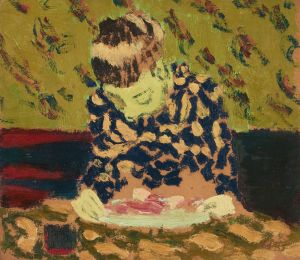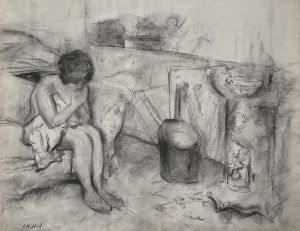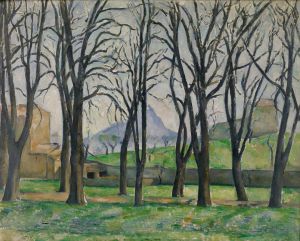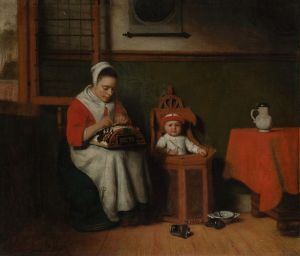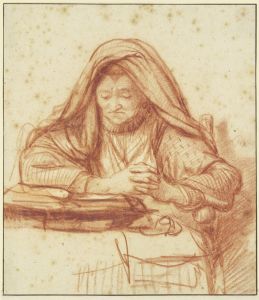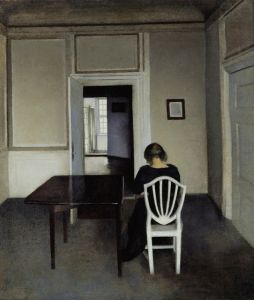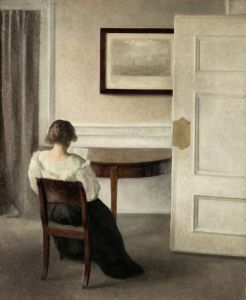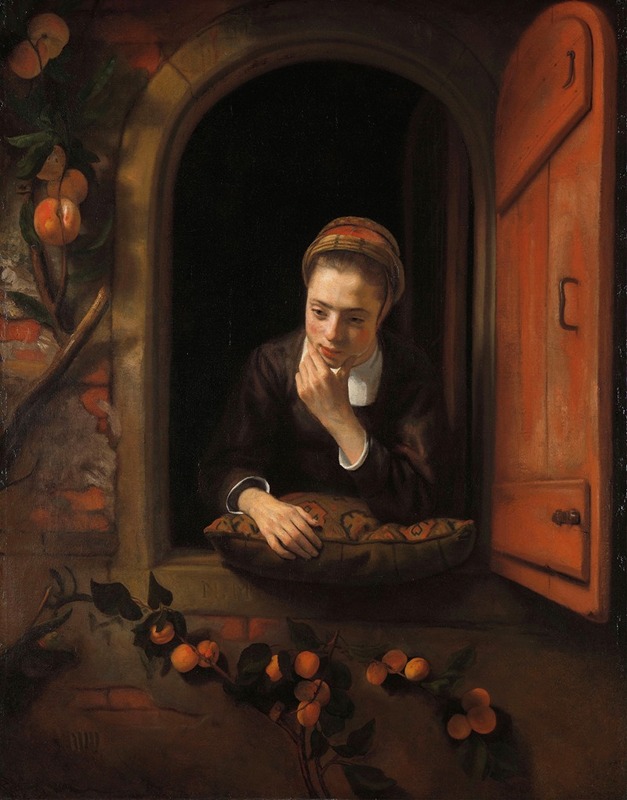
The Daydreamer
A hand-painted replica of Nicolaes Maes’s masterpiece The Daydreamer, meticulously crafted by professional artists to capture the true essence of the original. Each piece is created with museum-quality canvas and rare mineral pigments, carefully painted by experienced artists with delicate brushstrokes and rich, layered colors to perfectly recreate the texture of the original artwork. Unlike machine-printed reproductions, this hand-painted version brings the painting to life, infused with the artist’s emotions and skill in every stroke. Whether for personal collection or home decoration, it instantly elevates the artistic atmosphere of any space.
Nicolaes Maes, a prominent Dutch painter of the 17th century, is renowned for his genre scenes and portraits. One of his notable works is "The Daydreamer," which exemplifies his skill in capturing intimate and contemplative moments. Maes was a pupil of Rembrandt, and his early works reflect the influence of his master, particularly in the use of chiaroscuro and the depiction of domestic life.
"The Daydreamer" is an oil painting that showcases Maes's transition from the dramatic chiaroscuro of his early works to a lighter palette and more detailed domestic scenes. This painting is believed to have been created during the period when Maes shifted his focus from biblical and historical subjects to genre scenes that depict everyday life. This transition marked his departure from the direct influence of Rembrandt and established his unique style, which contributed significantly to the Dutch Golden Age of painting.
In "The Daydreamer," Maes captures a young woman lost in thought, seated in a domestic interior. The setting is typical of Maes's genre scenes, which often feature women engaged in household activities or moments of introspection. The painting is characterized by its warm color palette and the soft, diffused light that illuminates the scene, creating a serene and contemplative atmosphere. The woman's expression and posture suggest a moment of pause, inviting viewers to ponder her thoughts and the narrative behind her daydreaming state.
Maes's attention to detail is evident in the meticulous rendering of textures and materials, from the fabric of the woman's clothing to the objects surrounding her. This focus on detail not only enhances the realism of the scene but also reflects the cultural and social context of the time, offering insights into the domestic life of the Dutch middle class during the 17th century.
"The Daydreamer" is a testament to Maes's ability to convey emotion and narrative through subtle gestures and expressions. His work in genre painting was influential in shaping the development of this genre in Dutch art, and his paintings are celebrated for their ability to capture the quiet dignity and introspective moments of everyday life.
Nicolaes Maes's contribution to art extends beyond his genre scenes; he was also a successful portraitist. However, it is his intimate depictions of domestic life, such as "The Daydreamer," that have left a lasting impact on the art world. His works are housed in various museums and collections, where they continue to be appreciated for their artistic merit and historical significance.
Overall, "The Daydreamer" exemplifies Nicolaes Maes's mastery of genre painting and his ability to create works that resonate with viewers through their emotional depth and attention to detail.





